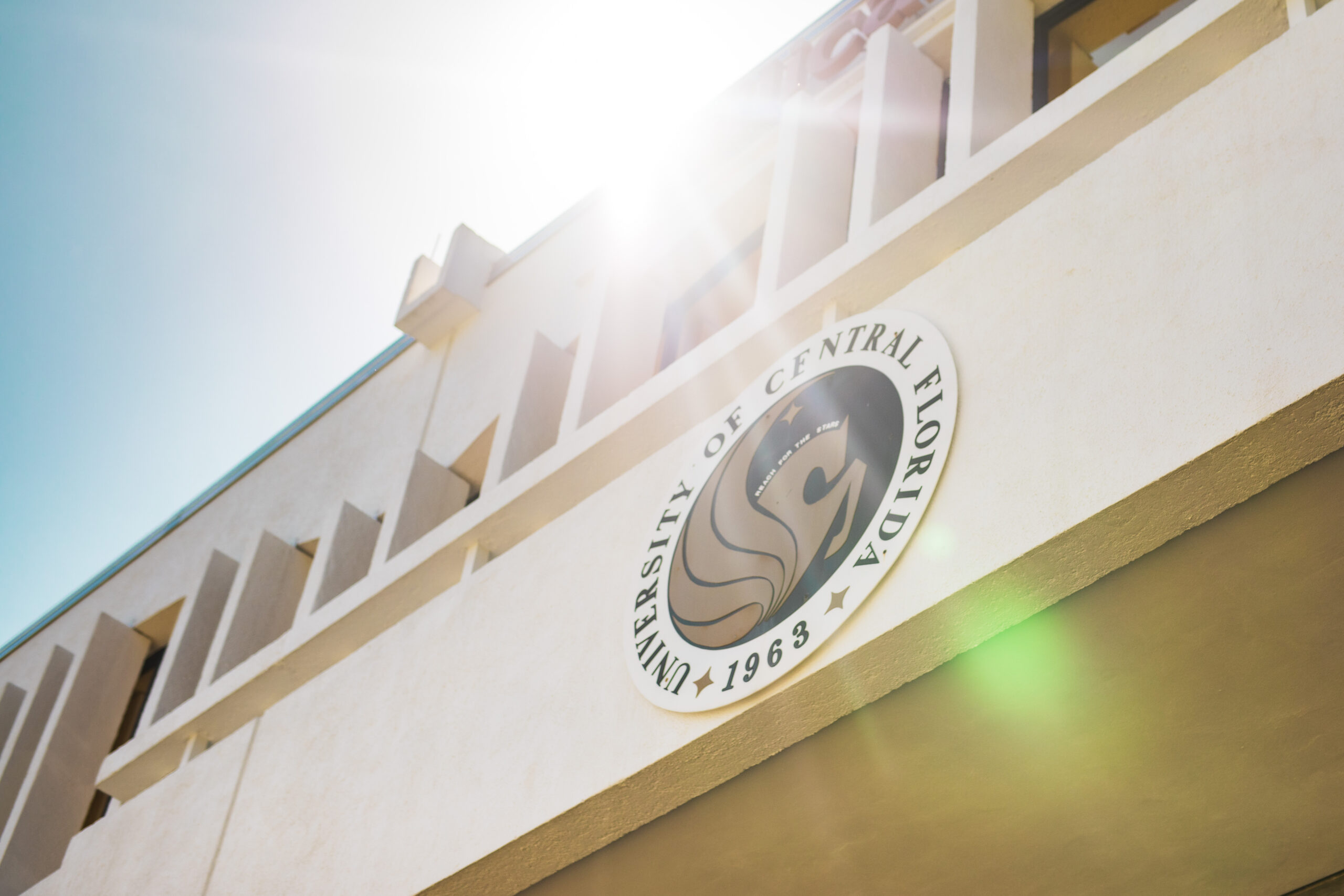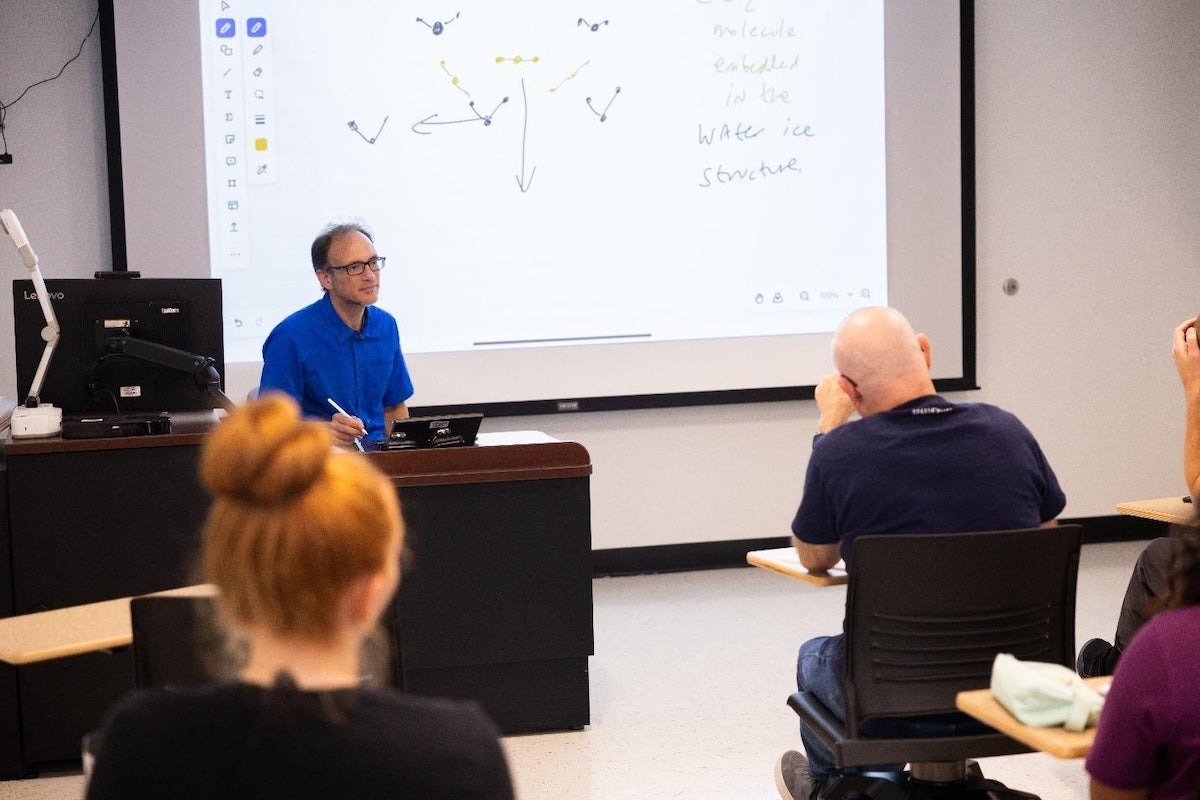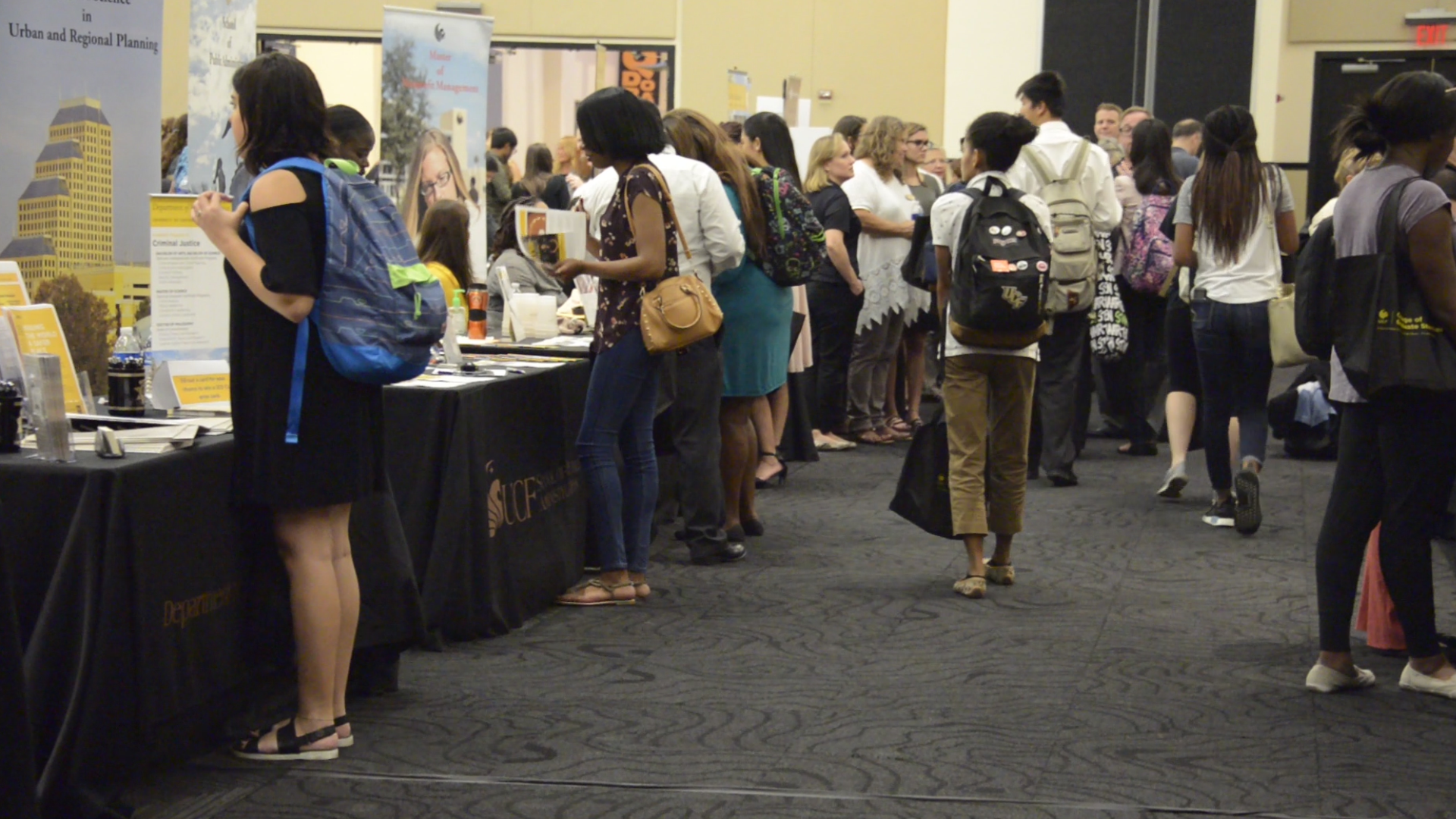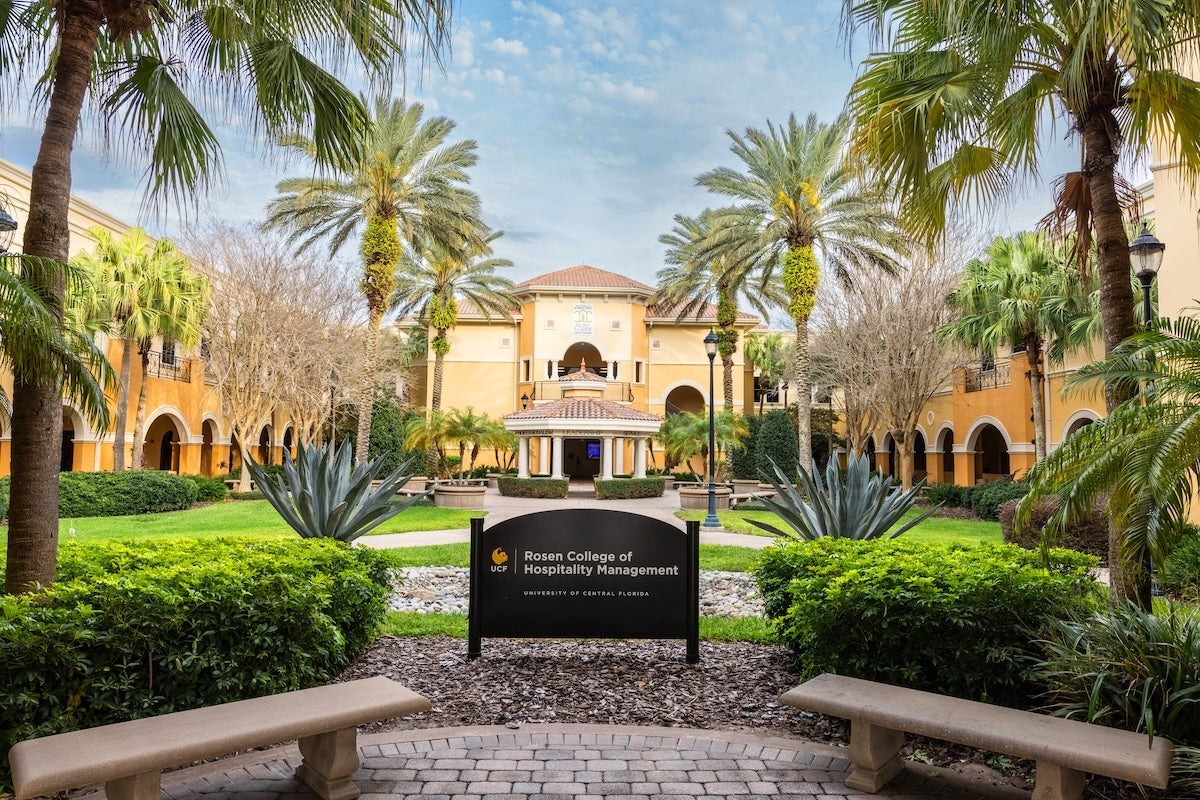Earth’s 2022 Valentine – An Asteroid Sharing Our Orbit
Earth has discovered it has a secret valentine — an asteroid called 2020 XL5.
An international team of astronomers confirmed this week that the asteroid shares our planet’s orbit, only the second asteroid ever discovered to do that. The revelation is important because these Earth Trojans may help explain how planets formed in the solar system.
The team’s work is published in this week’s Nature Communications journal.
Toni Santana-Ros, from the University of Alicante and the Institute of Cosmos Sciences of the University of Barcelona led the study. Maxime Devogèle, a UCF research scientist, and part of the planetary radar group at the Arecibo Observatory in Puerto Rico, was part of the team. UCF manages the observatory for the U.S. National Science Foundation under a cooperative agreement.
Three ground-based telescopes were used to confirm the asteroid. The data also indicates the asteroid is about .62 miles-wide and is made up of rock and carbon-containing materials.
Devogèle used the Lowell Discovery Telescope in Arizona to obtain the images of 2020 XL5. The Optical Ground Station in Tenerife of Spain’s Canary Islands, and the Southern Astrophysical Research (SOAR) Telescope in Chile were also used. These telescopes were ideal because asteroids that share orbits of their host planets tend to ride near the sun. So, it gets tricky aligning telescopes at just the right time to find the asteroids. The scientists found additional confirmation by looking at data sets collected by other telescopes from 2012-2015.
These observations were conducted as part of a NASA program to observe recently discovered asteroids that could potentially pose a hazard to the Earth, Devogèle says. This asteroid doesn’t pose any danger and is expected to tag along Earth for about 4,000 years.
Trojan Asteroids
Asteroids that share an orbit with a planet are called Trojan asteroids. Trojan asteroids get “trapped” in locations in space known as Lagrange points where the gravitational tug between a planet and the sun balance one another. Thousands of Trojan asteroids are located at the Lagrange points near Jupiter. NASA’s Lucy mission, launched late 2021, will explore six of the Jupiter Trojan asteroids.
NASA’s massive James Webb Space Telescope, the successor to the Hubble Space Telescope, has just arrived at another Lagrange point near Earth and will begin a new era of astronomical observations starting this summer.

Although 2020 XL5 is expected to remain in its current configuration for at least another 4,000 years, it is still only a temporary neighbor. Asteroids that are in stable orbits for longer could help scientists learn more about what the Solar System looked like in the past, Devogèle says. But it is difficult to find Earth Trojans because observing objects captured at the Lagrange points requires pointing telescopes near to the sun.
“The next steps are to continue searching for other Earth Trojan asteroids. We hope to find an object that has been in a stable Earth-sharing orbit for millions or billions of years,” Devogèle says. “They could hold a lot of secrets.”
Devogèle joined the Arecibo Observatory in 2019. He has multiple degrees including a doctorate in planetary sciences from Nice University in France and a doctorate in sciences from Liege University. He currently has observation times on the Calern Observatory in France and the Lowell Observatory in Arizona. He is a native of Belgium and has more than 24 published journal articles.
Share This Article

UCF Women’s Club Honors 3 Graduate Students with Prestigious Sheila B. Somerville Scholarship
Financial support is often the cornerstone of academic success, and for many students, scholarships open the door to higher education. Beyond easing financial stress, these awards provide recognition, motivation, and a...
Latest News

UCF Launches 1st Planetary and Space Sciences PhD Program in Florida
As SpaceU, UCF is pushing the boundaries of exploration by launching a groundbreaking new doctoral program in the planetary and space sciences. Now, aspiring researchers can apply to the inaugural cohort of...

UCF Fulbright Awardees Bring Their Passions to a Global Scale
Each year, the Fulbright Program offers opportunities for American students to conduct research, teach English, or pursue graduate study abroad. One of the most prestigious international exchange programs in the...

Unleash Opportunities with a UCF Graduate Degree
A graduate degree has the power to unleash opportunities by expanding careers, opening doors to new fields, and increasing lifetime earnings. According to the U.S. Bureau of Labor Statistics (2024),...

UCF Rosen College Ranks No. 1 in the World for Hospitality Education for 2025
One of the most anticipated theme parks in the world is about to open its gates — and right next door, the No. 1 hospitality and hotel management school on...